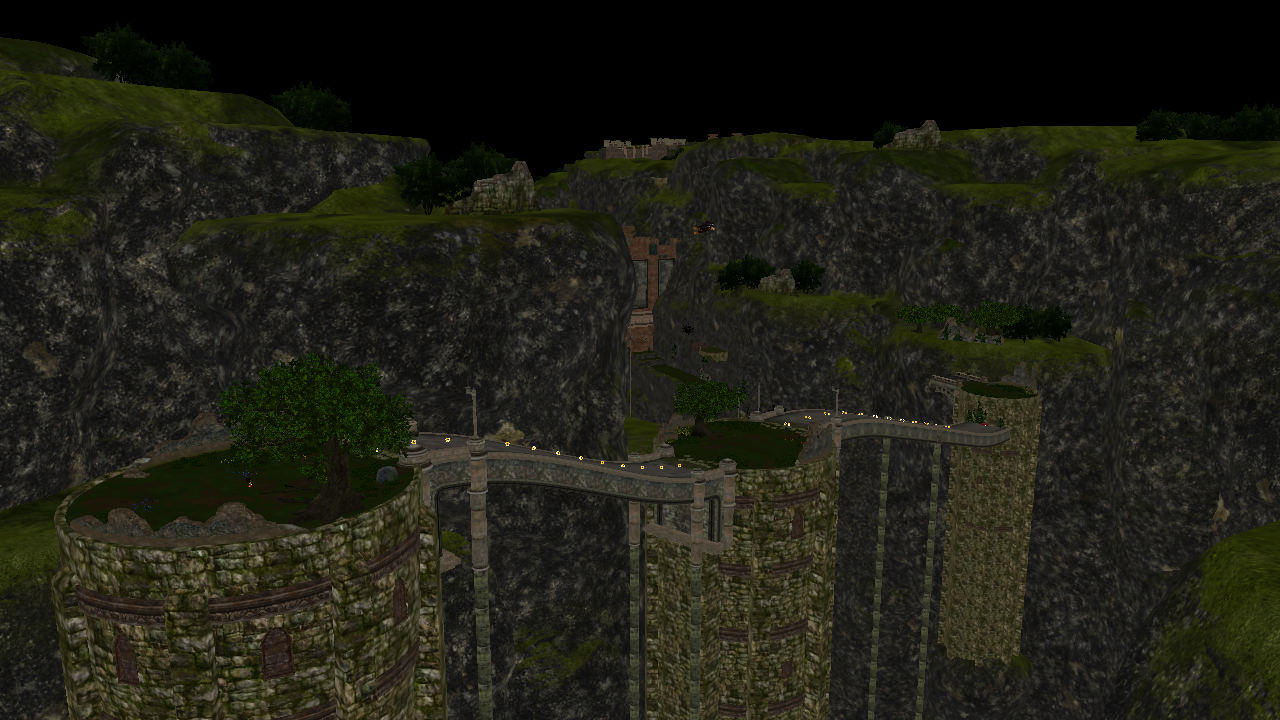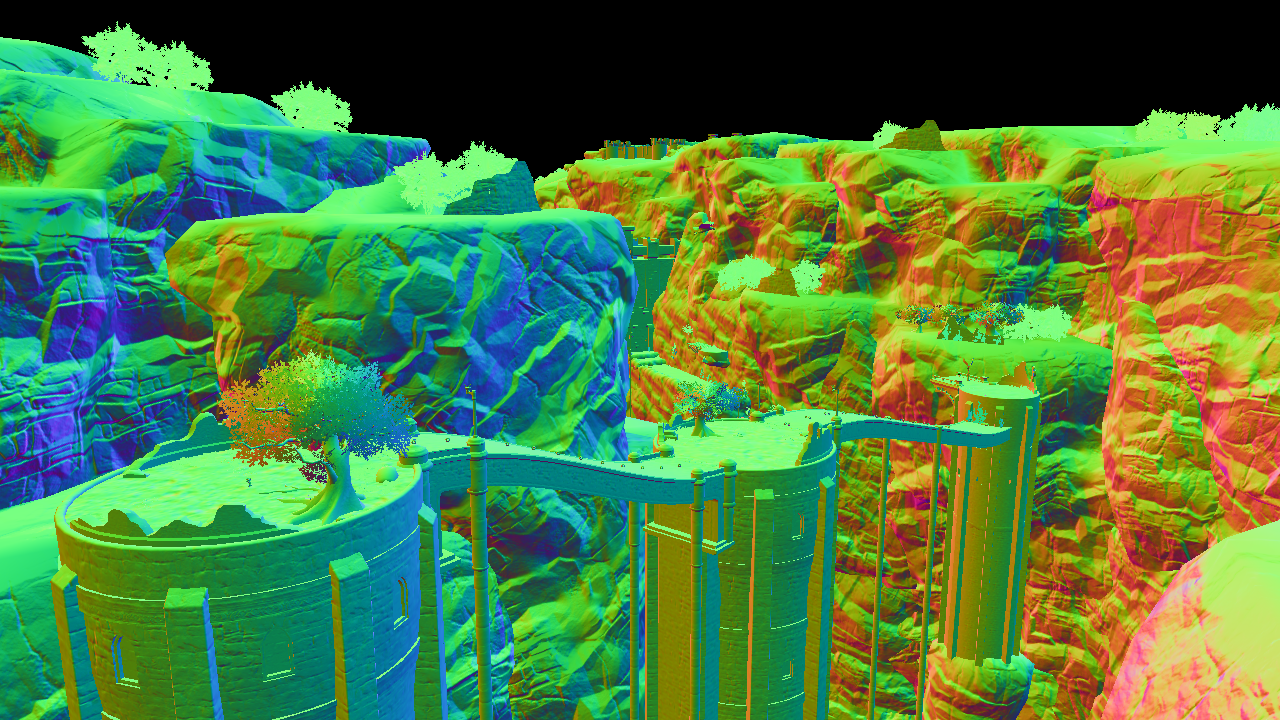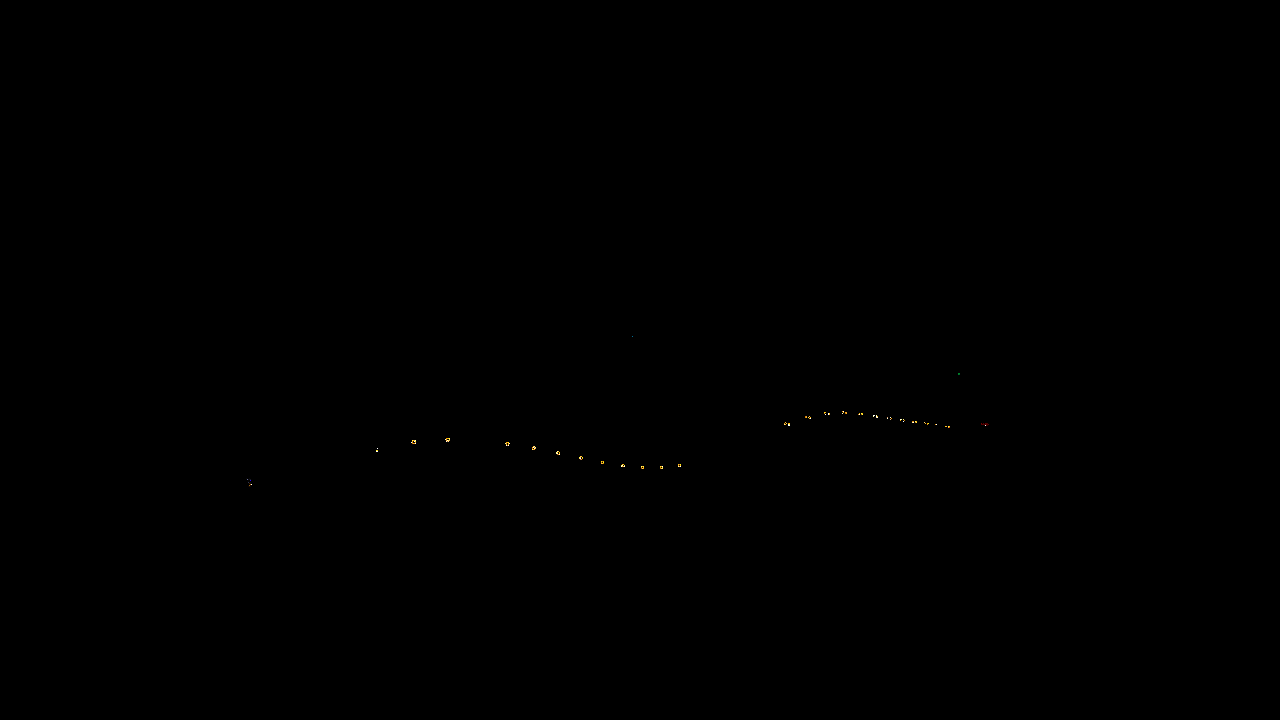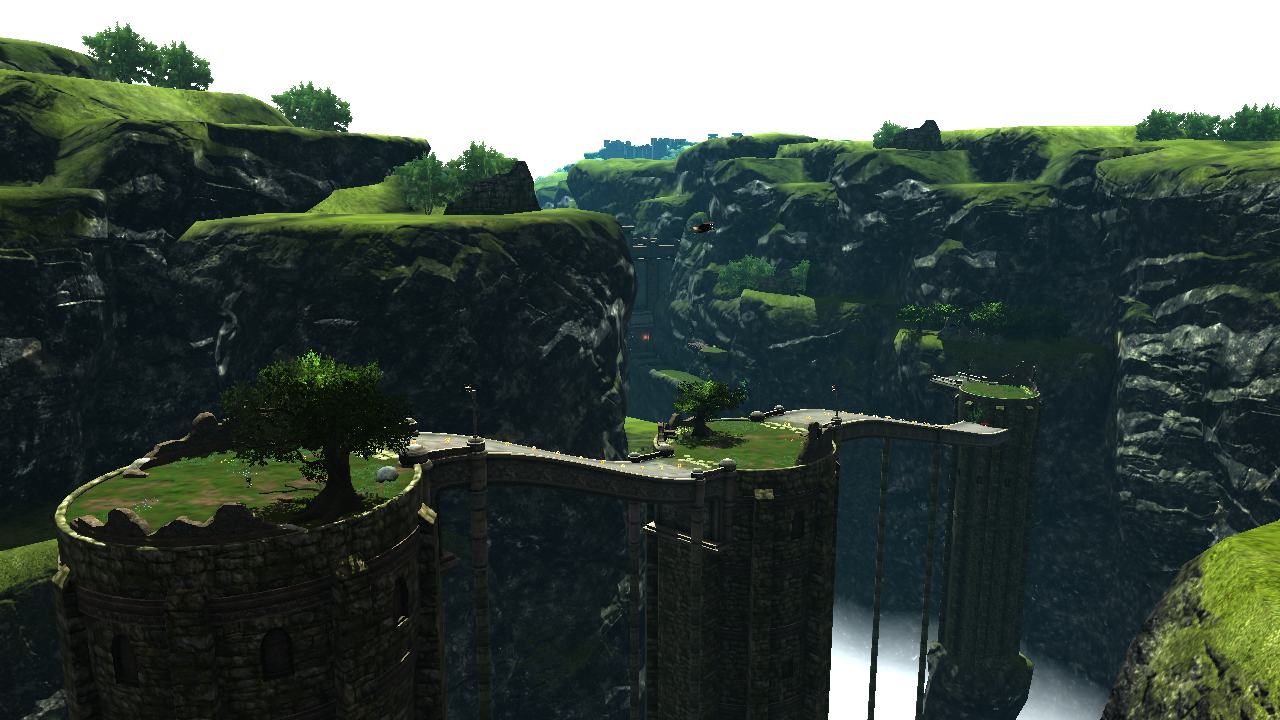Hedgehog Engine 2 - Deferred Rendering: Difference between revisions
Justin113D (talk | contribs) Updated links |
Justin113D (talk | contribs) Added composited image |
||
| Line 24: | Line 24: | ||
The [[Hedgehog Engine 2 - Physically Based Rendering (PBR)#Emission|emission]] buffer | The [[Hedgehog Engine 2 - Physically Based Rendering (PBR)#Emission|emission]] buffer | ||
|} | |} | ||
These, as well as some niche other buffers, can now be combined with lighting and result in this: | |||
[[File:SXSG Deferred rendering combined.png|center|frame|A composited scene of Kingdom Valley from Shadow Generations]] | |||
== Drawbacks == | == Drawbacks == | ||
Latest revision as of 21:06, 12 July 2025
Deferred rendering is a rendering technique used in Hedgehog Engine 2 games.
The “standard” way of rendering is called “forward rendering”, and simply draws one mesh after another, including all the lighting calculations. But since one mesh can hide a significant portion of another, many of those lighting calculations go to waste and could be better spent elsewhere.
This is where deferred rendering comes in: Instead of calculating the lighting for every mesh individually, a meshes rendering properties can be stored in multiple frame buffers, which can then be composited together and achieve a similar result!
An Example
Here are some example frame buffers for a scene that uses deferred rendering, captured in Kingdom Valley from Shadow Generations:
 The albedo buffer |
 The specular, inverted smoothness and ambient occlusion buffer |
 The normals buffer |
 The emission buffer |
These, as well as some niche other buffers, can now be combined with lighting and result in this:

Drawbacks
While faster than forward rendering, this technique is not perfect and has several drawbacks:
- Requires more GPU memory to store the frame buffers
- Does not allow for transparency blending
- No multi-sample-anti-aliasing (MSAA)
Since transparency is a very important feature, only opaque and punch-through meshes use deferred rendering, while transparent meshes get drawn after the deferred buffers have been combined.